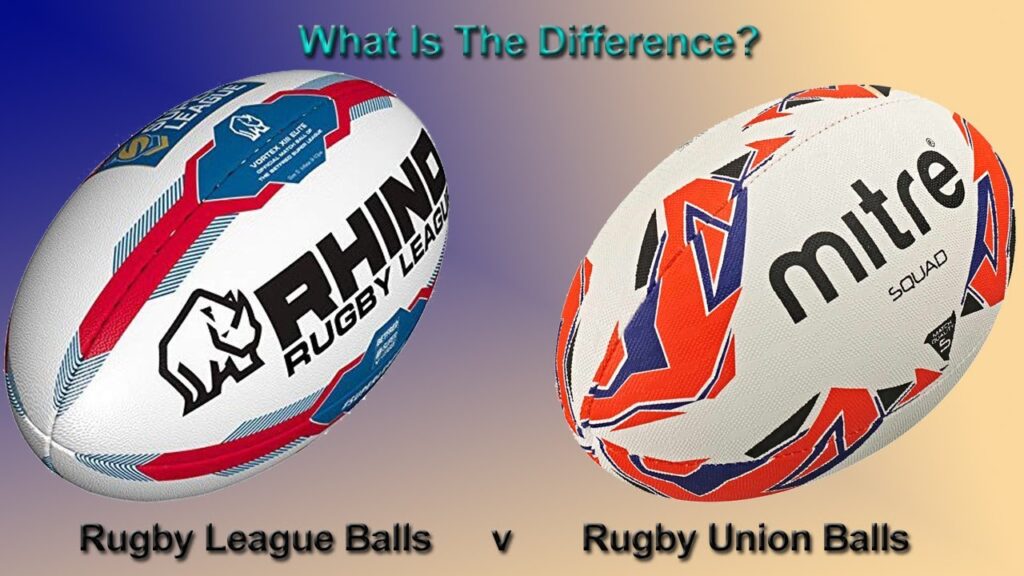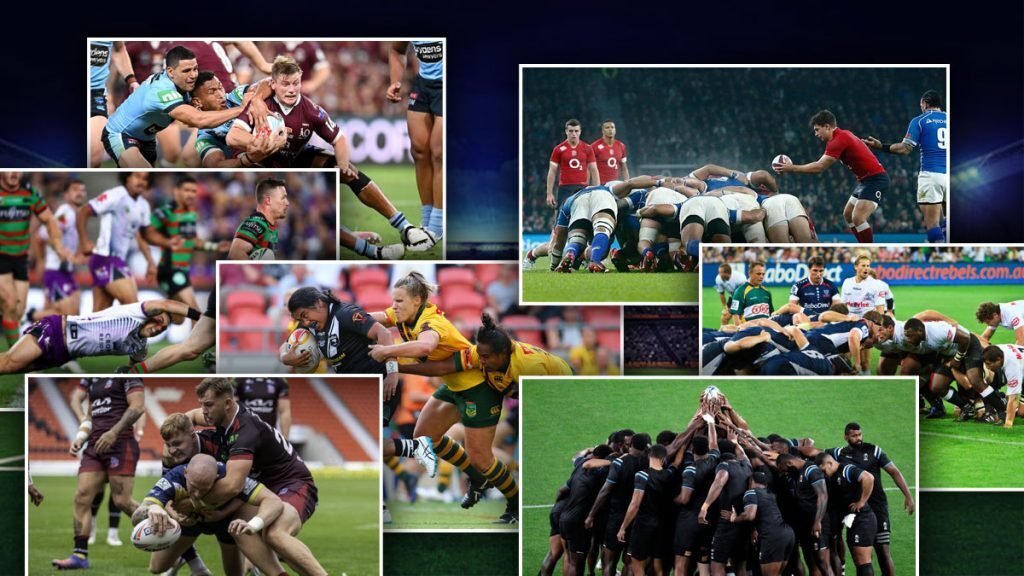Have you ever pondered how two sports that seem to be similar actually differ? What distinguishes and difference with rugby union and league?
In fact, quite a bit, not the least in terms of the game’s rules, strategies, playing methods, and popularity. Let’s start make difference with rugby union and league argument, examine their precise distinctions, and debate if one sport can be deemed “better” than the other with Rugbyqa.com.
What is the Difference With Rugby Union and League?
The first was rugby union, which was originally called “rugby football.” Before the game further spread to Australia and New Zealand during the 19th century, the Rugby Football Union (RFU) was established in 1871 by English clubs.
A motion to compensate rugby union players up to six shillings when they missed work to attend a game was defeated in a vote in 1892. Due to the Yorkshire teams’ leadership in the establishment of a professional organization, the Northern Rugby Football Union, or Northern Union (NU) for short, Lancashire’s top clubs extended their support in 1895.
The authorities imposed sanctions on the breakaway group’s clubs, players, and officials, which prompted the creation of two distinct codes: “rugby union” for the RFU code and “rugby league” for the NU code. In essence, then, that is how the disparity in legislation between the two sports began — by being enshrined in their own codes.
Today’s variations include, for example, a minor discrepancy between the two balls utilized. Rugby union balls and rugby league balls are almost the same size, but rugby league balls have sharper edges.

Rugby league has the larger field, measuring 112 to 122 meters long and 68 meters broad, with 100 meters always separating the try lines. In contrast, a rugby union pitch measures 106 to 144 meters long by 68 to 70 meters broad, with try-lines spaced 94 to 100 meters apart.
The fact that almost identical position names can have drastically different meanings is another significant distinction between the two. For instance, while there is no such thing as a “flanker” in rugby league, the second row is loose, just like the flankers are in union. In contrast, the lock/loose forward in rugby league performs duties akin to those of the number eight in rugby union. In addition, rugby league’s left and right centers are different from rugby union’s inside and outside centers in the backs.
Rule Difference with Rugby Union and League
The most obvious distinction between the two is that whereas a rugby union match features 15 players on each team, a rugby league match features two sides of 13 players each. In addition, ten substitutions are permitted in rugby league as opposed to only eight in rugby union. Rugby league’s smaller fields are also explained by the lower number of players on the field.
As you can see in the table below, the two sports award different amounts of points.

The regulations governing tackling differ between the two sports as well. When a player is tackled in rugby union, a ruck develops as players from both teams come in to compete for the ball. But in rugby league, this seldom ever occurs.
Instead, in rugby league, a player who is tackled must roll the ball back with his feet, and then there is a “chicken scratch” in which players from both sides compete for the rolling ball.
In rugby union, a lineout occurs from where the ball crossed the touchline, whereas in rugby league, a scrum involving eight men occurs after a ball is kicked off the field.
Rugby league teams are only allowed to be tackled a maximum of six times before they must concede possession of the ball to the opposition, frequently by kicking it to them. In contrast, rugby union has no restrictions on this.
Popularity Difference with Rugby Union and League

Rugby league appears to be falling behind its nearest rival in the popularity stake.
Perhaps this is due to the fact that it is actually only a significant sport in England, New Zealand, and notably Australia, where the game’s “working class” origins appear to particularly resonate.
But since rugby union is played in so many Commonwealth nations, and because rugby league was outlawed by the British armed forces in the early 20th century, rugby union has gained a much wider following.
Final thought – Which is Better?
That actually depends on personal preference, and I don’t mean to give the blandest, heaviest-handed response conceivable.
The difference with rugby union and league is that Rugby union is probably your “rugby of choice,” with more explosive runs and passes and various, frenetic kicking plays, if you want a more all-action, end-to-end spectacle. However, if you’re more of a rugby league man if you like something more traditional where tackling, kicking, and pure force of will are the cornerstones.

